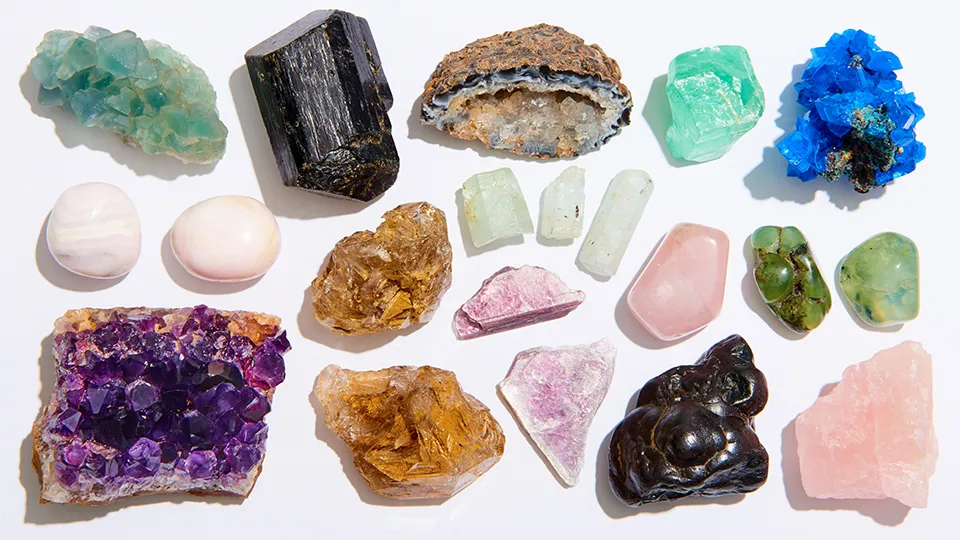What Is A Crystal? Exploring The Mysteries And Magic
- lunamisticaapothec
- Sep 7, 2023
- 2 min read
What Is A Crystal? Exploring The Mysteries And Magic
While the definition of a crystal is a formation in which the arrangement of atoms is arranged in a solid three-dimensional lattice structure, crystals are so much more. There are many different formations of crystals out there; although most crystals are crystalline solids, they come in a range of colors, shapes, and sizes. Crystals have long been alluring, and not just down to their dazzling geometric shapes and rich colored shades. More than a pretty face, crystals also have metaphysical properties and high vibrations that can help with healing, protection, and creating spiritual connections. We take a closer look at how science and magic collide in the world of crystals.
The Science Behind Crystals: Formation and Structure
The Composition and Formation of Crystals
Born from heat, raw energy, and the earth's pressure, crystal formation happens when atoms and molecules are arranged in a repeating pattern to create a solid structure. The word crystal takes its name from the Greek word Krustallos which means rock crystal or can also mean ice crystal.
Crystals require certain conditions to come into formation, but most are born from just the right setting of molten liquid from the mantle of the earth, cooling and stabilizing into certain patterns that turn them into solid crystals. In short, beneath the crust of the earth is the mantle which is full of molten hot fiery magma. Magma is also full of different minerals, and as it pushes through fissures and cracks in the earth's core, the molten rock begins to cool, and with the right amount of time and pressure, the process of crystallization is set in motion. This process happens over thousands and thousands of years, and crystals can form and then pause and then reform and blend, which is why there are so many different styles of stones with different inclusions, shades, and melded energies.
Crystal Lattices and Symmetry
Crystal lattices can be seen as the building blocks or the framework for how a single crystal come into formation. These lattices are three-dimensional and have a regular repetitive structure which adds to the geometric shape of crystals and lends to their symmetry. Here are some of the main crystal symmetries you may come across...
Cubic Symmetry
Tetragonal Symmetry
Hexagonal Symmetry
Orthorhombic Symmetry
Monoclinic Symmetry
Triclinic Symmetry
The symmetry and periodic arrangement of atoms that make up a crystal structure not only play a role in the appearance of the crystal but can also have an impact on how light refracts from the internal and external shape of the crystal. It also impacts how the crystal operates energetically in terms of magnetic and thermal properties.
Zema💜








Comments